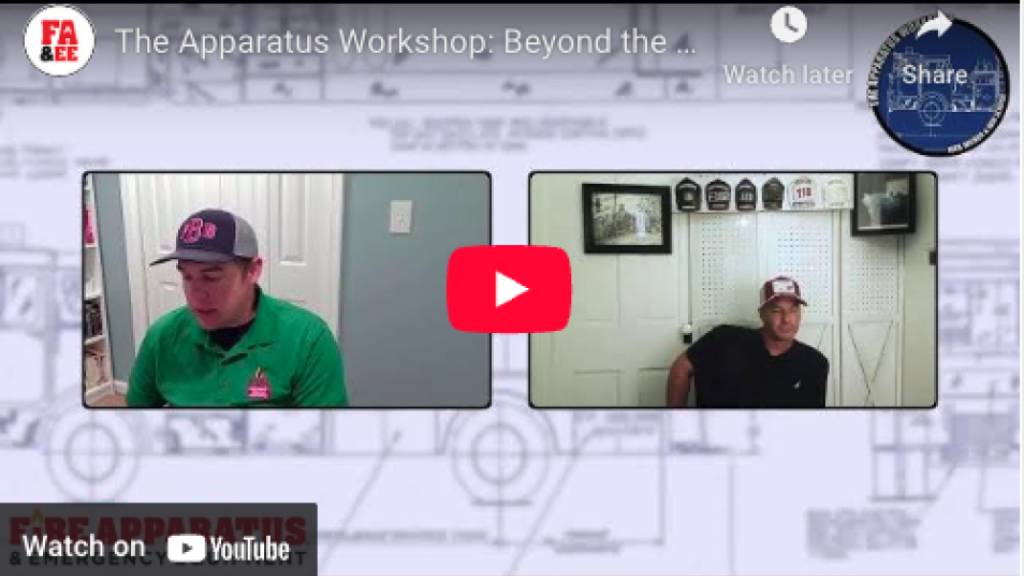
Understanding the rising costs of fire apparatus
Thank you for choosing Automatic Translation. Currently we are offering translations from English into French and German, with more translation languages to be added in the near future. Please be aware that these translations are generated by a third party AI software service. While we have found that the translations are mostly correct, they may not be perfect in every case. To ensure the information you read is correct, please refer to the original article in English. If you find an error in a translation which you would like to bring to our attention, it would help us greatly if you let us know. We can correct any text or section, once we are aware of it. Please do not hesitate to contact our webmaster to let us know of any translation errors.
The price of fire apparatus has surged in recent years, with some engines now exceeding $1 million and ladder trucks reaching $2 million.
This increase stems from a complex mix of factors—including supply chain disruptions, inflation, custom specifications, and industry consolidation—that affect everything from raw materials to delivery timelines.
To explore these challenges in depth, the latest episode of The Apparatus Workshop podcast, hosted by Nick Wilbur and Win Slauch, dives into what happens after a new rig rolls off the factory floor. Titled “Beyond the Final Inspection,” the episode reveals how final delivery is just the beginning of a long process involving training, documentation, and operational adjustments. Real-world examples highlight how overlooked details—like ladder placement or manual inconsistencies—can impact firefighter safety and efficiency.
🎧 You can listen to the episode on Fire Apparatus & Emergency Equipment’s podcast page, or stream it via iHeartRadio and YouTube. You can also read this article.
If you're passionate about fire service innovation and want to share your insights, Fire Apparatus & Emergency Equipment is accepting video, audio, and article submissions from contributors. It's a great opportunity to help shape the conversation around apparatus design, procurement, and performance.
